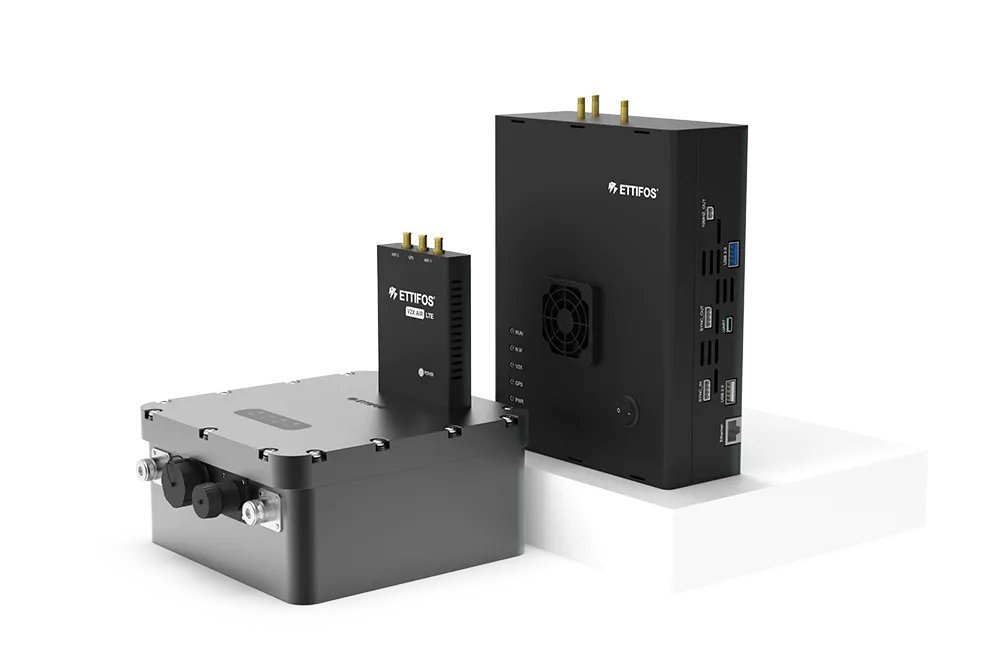8097 Gridsmart Technologies and 8436 Wave Mobile Solutions are hosting a DSRC V2X Vision Zero demo during ITS America 2016 San Jose that will show how intelligent technology can be used to prevent traffic incidents, improve safety for vehicles and pedestrians, and identify problematic locations. The Gridsmart Bell Camera and a Wave Mobile Solutions FiberWire 8011 DSRC RSU will be installed at the corner of San Carlos and Market Street, directly in front of the Marriott Hotel. The camera delivers a horizon to horizon view and utilises novel tracking algorithms to track vehicles, bicycles and pedestrians. The Wave Mobile Solutions Road Side Unit (RSU) is based on the latest DSRC security standards and supports a higher capacity turbo mode for applications such as video transmission.
The Vision Zero demonstration uses the San Jose VTA Light rail. As the light rail approaches Market Street, upon detection of safety issues by the Gridsmart camera, such as: pedestrians or bicycles in the crosswalk; vehicle in left hand turn lane next to approaching light rail; and bikes in the bike lane, the Wave Mobile Solutions DSRC RSU will send out DSRC basic safety messages, alerting the Wave Mobile Solutions DSRC OBU-equipped light rail and DSRC OBUequipped vehicles.
To participate in Vision Zero, meet at booth #507.
Demonstrations will be held at the following times:
Today, 12, 2, 4, 6 pm
Tomorrow, 12, 2, 4 pm
Wednesday, 10 am, 12, 1:45 pm










